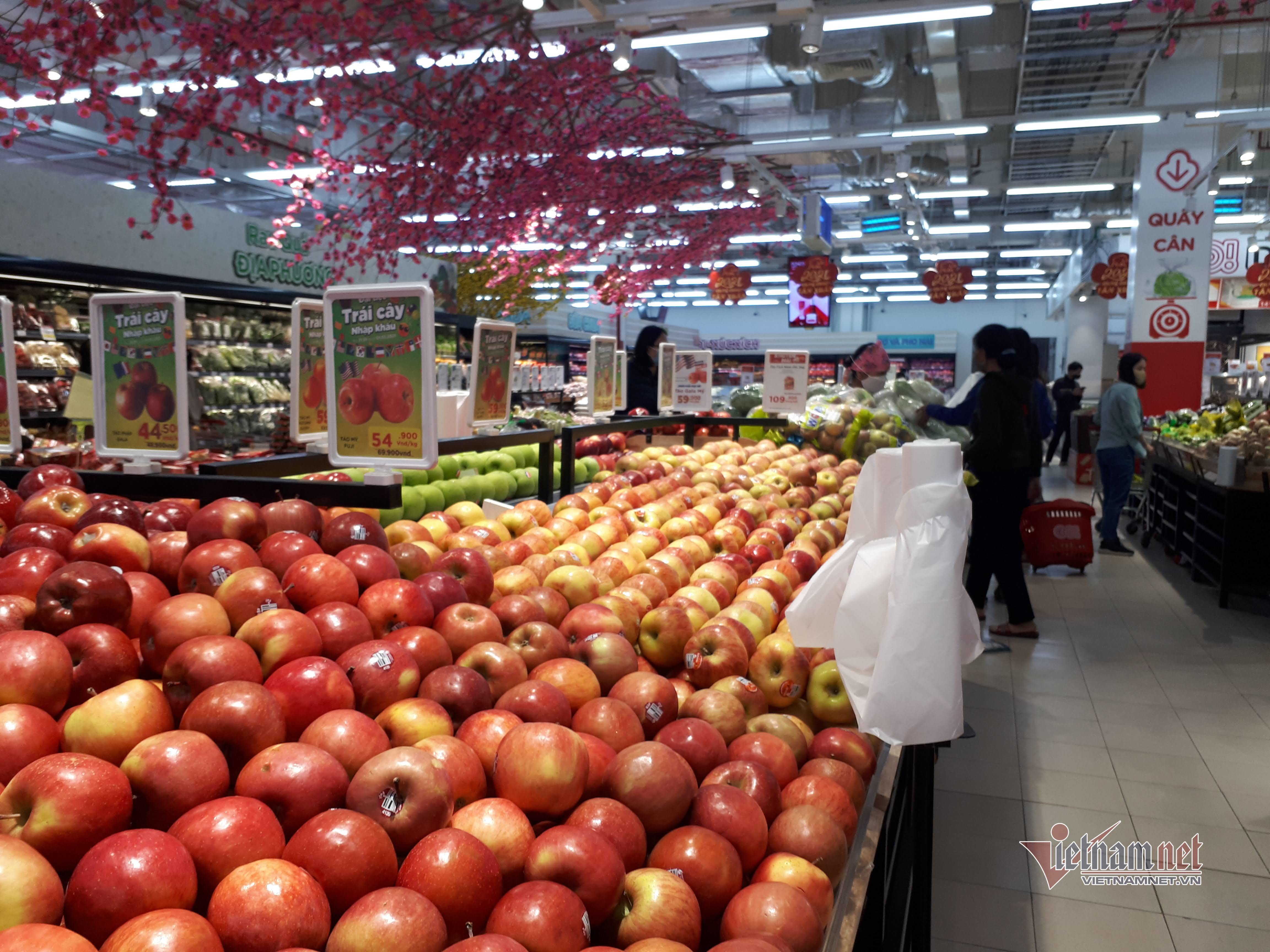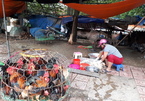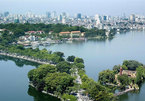According to the survey, the average income per person per month in the country in 2020 reached VND4.23 million, down 2% compared to 2019. The average monthly income per capita increased by 8.1% on average during 2016-2020.
 |
The average income per person per month in 2020 in urban areas was VND5.5 million, nearly 1.6 times higher than in rural areas (VND3.48 million). The group of richest households (20% of the richest population - group 5) had per capita income per month of VND9.1 million in 2020, eight times higher than that of the poorest group (20% of the poorest people - group 1), with monthly average income of only VND1.13 million.
The region with the highest per capita income is the Southeast region (VND6.02 million/person/month), which is 2.2 times higher than the region with the lowest income - the northern midlands and mountains (VND2.74 million/person/month).
The southern province of Binh Duong had the highest per capita income in the country in 2020, with VND7,019 million/person/month.
Ho Chi Minh City ranked second with VND6,537 million/person/month, followed by Hanoi with VND5,981 million. The provinces with monthly incomes of over VND5 million/person were Dong Nai, Bac Ninh, Da Nang, Hai Phong, and Can Tho. Ba Ria Vung Tau and Quang Ninh stood in the last two positions of the top 10, with over VND4.5 million/person/month.
According to the survey, in 2020 the average spending per household in Vietnam was VND2.89 million/person/month, up 13% compared to 2018. Urban households had an average monthly expenditure of approximately VND3.8 million compared to VND2.4 million of rural households. The Southeast region ranked first in the country with the highest household spending of approximately VND3.9 million/person/month). The Northern midlands and mountainous region had the lowest spending rate - VND2.1 million/person/month.
The inequality in per capita spending per month between the richest and the poorest amounted to 3.5 times difference in 2020, with VND4.8 million and VND1.4 million/person/month, respectively.
Vietnamese eat more meat, drink more beer
 |
The survey showed a clear trend that Vietnamese had reduced starch consumption, with rice consumption per person per month decreasing over the years, from 9.7 kg in 2010 to 8.1 kg in 2018 and only 7.6 kg in 2020. Rural households consumed more rice than urban households (8.5 vs. 6.1 kg/person/month).
Meat consumption of all kinds increased slightly over the years, from 1.8 kg/person/month in 2010 to 2.3 kg/person/month in 2020.
Alcohol and beer consumption showed signs of increasing slightly from 0.9 liters/person/month in 2018 to 1.3 liters/person/month in 2020.
The General Statistics Office said that in 2020, Vietnam’s socio-economic situation was affected by the Covid-19 epidemic. Although the population's income decreased compared to 2019, the poverty rate still fell thanks to the Government's good implementation of social security policies.
However, there are still disparities in living standards between urban and rural areas, between rich and poor populations, and between regions. This is an issue that policymakers should pay attention to.
Luong Bang

Covid-19 crisis leads to lower incomes, living conditions for tens of thousands of families
Surveys all show that the living conditions of many Vietnamese have become worse because of Covid-19. However, economists are not recommending a second support package.

Residents say Hanoi a good place to live despite high living cost
Hanoi has been named the most expensive city in Vietnam in terms of the cost of living, but for residents it’s still a good choice.